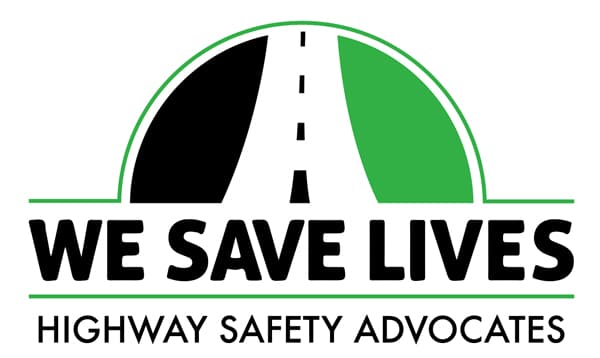
Since pain is subjective- each person ‘owns their own pain’ and has learned to use that word through their OWN experiences (injury, disease, condition). An unpleasant sensory and emotional experience associated with actual or potential tissue damage or described in terms of such damage- is the definition of PAIN accepted by health professionals of all disciplines who are members of the International Association for the Study of Pain (IASP).
By carefully re-reading that definition, it is evident that each person uses the word PAIN in their own way- and that their individual experience of pain can only be ‘felt’ by the person. It is therefore impossible to compare pain experiences. It may be more helpful to describe WHAT you are feeling rather than using the word pain.
Chronic Pain Definition
Chronic or persistent pain is defined as ‘pain persisting beyond the expected healing time of an injury or illness’. In medical conditions, 6 months is considered chronic, whereas with trauma (injury), 12 weeks often defines a chronic or persistent condition. Persistent pain is not serving a ‘useful purpose’ (unlike acute pain, it is NOT telling you to take your hand off the burner!). However, it is still a message though not a warning or necessarily dangerous.
Persistent pain is telling you to ‘pay attention’ to what your body is feeling and to ‘do something’ to CHANGE that feeing. Persistent pain is sometimes referred to as Non-Malignant PAIN even though the word malignant is often associated with cancer or a more dangerous reason for being in pain.
Do Not Ignore Pain
Persistent or Chronic Pain is not Benign- (and should NOT be ignored because it is not considered dangerous) – It does have an affect on our brain as well as our body. Because the word PAIN does not mean the same thing to each person- it is important for you to learn how to describe and tell yourself (and perhaps the people around you) WHAT and HOW you are ‘actually’ (really) feeling. You will then be better able to attach the word PAIN to a more specific problem. You may then realize, that at times, you are NOT experiencing PAIN but another sensation you do not like! Each sensation may have to be dealt with in a different way.
This is a challenging task- you will have to learn new ways of describing the WHAT and HOW you are feeling. Try and separate the type of feelings (sensations) you are experiencing.
PHYSICAL WORDS
- Sharp
- Burning
- Cramping
- Throbbing
- Shooting
- Knife-like
EMOTIONAL WORDS
- Worried
- Anxious
- Stressed-out
- Overwhelmed
- Fearful
- Discouraged
- Distraught
OTHER WORDS
- Dizzy/ spinny
- Nauseous
- Forgetful
- Clumsy
- Feeling off-balance
- Bothered by noise
- Bothered by bright light (including sunlight)
- Sensitive to movement
Since the word pain means something only to you, (and no one can feel or experience your pain), try NOT to use the word pain. Describe the HOW and WHAT you are feeling and in time you will learn to respond to the different sensations in different ways. Tell you health provider about OTHER symptoms that do not clearly fit into the HOW and WHAT category.
ANOTHER TIP: Try not to us these words/ phrases:
- Supposed to
- Should
- Ought to
- But
- It’s Only
- Used to
Using words that imply that you have not succeeded in better managing or dealing with your condition, could increase your stress level- and make it even more challenging to make changes. Try not to think about how long it has been since you feel like ‘your usual self’. Concentrate on TODAY!
Throughout her career, Gloria has been helping people better understand and manage the causes and impact that their ‘pain’ may have on their lives.
For more information please visit: www.dontgototheouch.com
Submitted by Gloria Gilbert, Author & Physiotherapist
We welcome Gloria Gilbert as a member of Crash Support Network and thank her for her support.
The Crash Support Network is a unique website consisting of an online support group, a Crash Survivor Blog written by a survivor, our Sharing Our Recovery Newsletter, informative articles and a Virtual Crash Memorial. Our website is based on relationship-building and puts the needs of survivors first by creating a helpful resource for victims and survivors of motor vehicle crashes.





